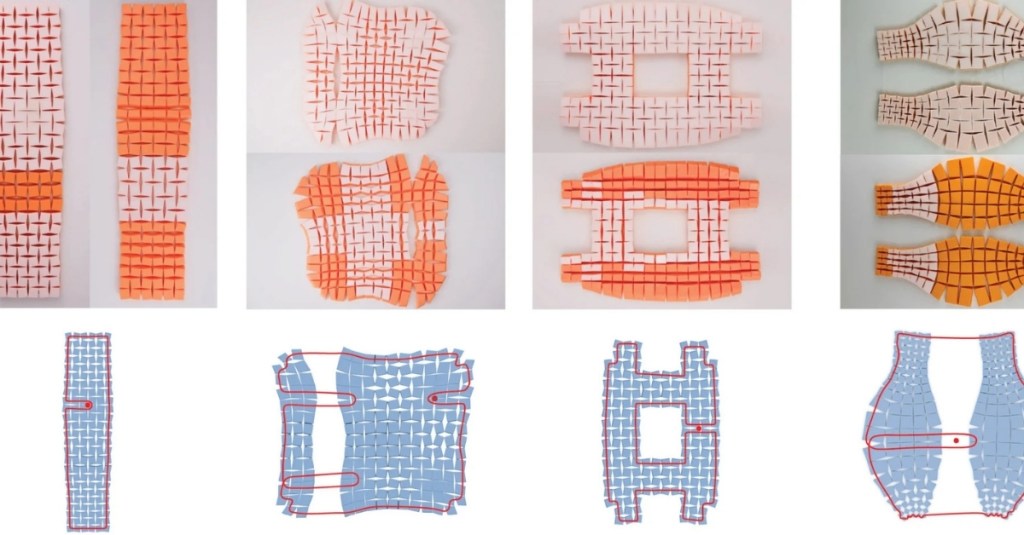Louie Bluie
Crumb
From
Vice: Louie Bluie and Crumb both have roots, to different degrees, in your passion for old music. Terry Zwigoff:
Great!
Was this like old New Orleans-style jazz?
It became a huge part of your life.
And yet your first film is very much about an important figure who made this type of music.
Louie Bluie
laughs
I can’t understand that. I could watch hours of your Howard Armstrong footage.
The Criterion Collection seems like a really good venue for it.
It would seem to be inherent in the name.
laughs
Didn’t Martin Scorsese undertake a rescue project on a lot of films that were disintegrating?
Crumb
There are not many better people to give a print of one of your films to.
Two Weeks in Another Town
No…
The Bad and the Beautiful
Oh man, now I really want to see it.
From
You made Louie Bluie because you came across this strange record by Howard Armstrong and you wanted to find the guy who was behind it.
Right.
Old Time Music
And you didn’t yet have any experience whatsoever in filmmaking.
I was surprised, when I listened to the commentary on the Crumb DVD, that some of the situations in it were sort of engineered by you. The whole thing feels so natural.
Like, for instance, Louie Bluie opens with a shot of Armstrong shaving. That’s strangely intimate. But maybe it was easy to ask because you weren’t a total stranger to him, or to Crumb.
Crumb
Albeit really good ones.
“Hey, Howard, tell her that dirty story…”
laughs
Like the Fred Wiseman version of Howard Armstrong.
A big roadblock.
Oh my God!
laughs
Yeah.
And you can probably set aside a lot of weird ego stuff, too.
The Godfather
Did you remain close with Howard Armstrong after shooting was done?
Whorehouse Bible
Man, that looks like the most incredible thing when he pages through it in the film. It’s his homemade compendium of his drawings and personal sex stories, all handwritten and pretty graphic. Has anybody ever published his books?
Crumb
Ah, the Velvet Fog.
I Spy
He had such good taste in so many things, but not so much the last couple of decades, unfortunately.
Playboy
And did you call?
Oh yes, I remember those. I was able to get my hands on a couple of them early in my adolescence.
laughs
So you didn’t want to smear Vaseline on the lens and shoot white sheets blowing in the wind?
From
The new Crumb DVD has a nice commentary track with you and Roger Ebert speaking.
Yeah, there’s not that much repetition. Ebert spends a lot of time drawing you out. It’s interesting. His comments are usually right on, but he sometimes makes these sort of psychological assessments of people in the film and you’ll kind of shoot them down.
laughs
You’ll be like, “Well… it wasn’t really that way.” But one thing that really struck me, very early in the commentary, is when you say that when the movie was coming together, you were suffering from such atrocious chronic back pain that you’d taken to sleeping with a gun under your pillow in case you suddenly decided to kill yourself.
And so you were still in bad shape when shooting for Crumb started?
Wow. Were Charles and Robert aware of how bad it was for you?
You’d have a very different film on your hands if you’d been doped up the whole time.
In a nutshell, what is his treatment like?
It sort of sounds like The Secret on Oprah or something.
From
So did you gain any unexpected insights from going back and reviewing these two films?
Louie Bluie
Treasure Island
Ha, right. Charles Crumb’s obsession with that movie is so huge.
Louie Bluie
Old Time Music
The woman from the Tennessee Ramblers. In the film, you stop into this barn where there’s a random band playing, just to see what’s going on and maybe get Armstrong involved.
It’s great when they play together. But yeah, it sounds like some kind of force was favoring your undertakings.
For sure. And I can never think of Long John Silver’s without thinking of Charles Crumb. He’s such an important figure in the film. I’m always really moved by him when I watch it.
No, it’s great!
Were you ever able to get Charles to venture to the outside world with you?
Treasure Island
The more Treasure Island you put out into the universe, the more you’re going to get back.
Was Charles diagnosed with anything in particular?
What were the immediate effects of the release of the documentary on your friendship with Robert Crumb?
Jay Leno
David Letterman
I was fortunate enough to be exposed to things like Zap Comix at a very young age. Crumb was not really a household name back then, in the early 80s. Now, I would say he is. And he’s very establishment too, working for the New Yorker and doing his huge Genesis book. I wonder how much your film had to do with that transition.
Book of Genesis
laughs
Videos by VICE
Videos by VICE
Videos by VICE
Videos by VICE
More
From VICE
-

Martyn Goodacre/Getty Images -

Screenshot: The Pokémon Company -

Photo Credit: MIT -

Screenshot: Star Citizen